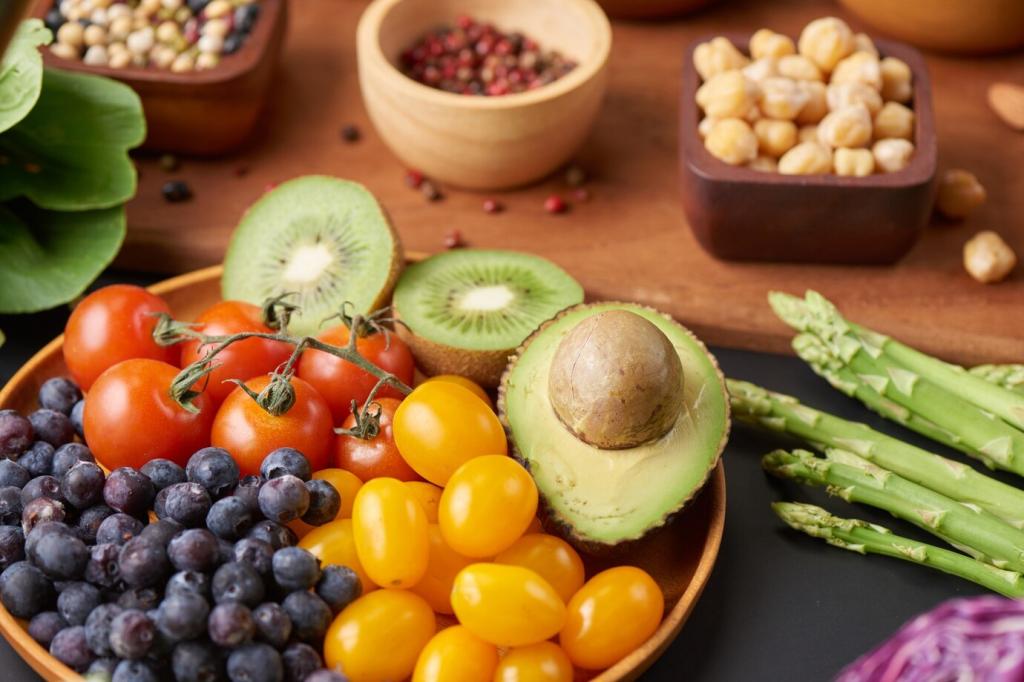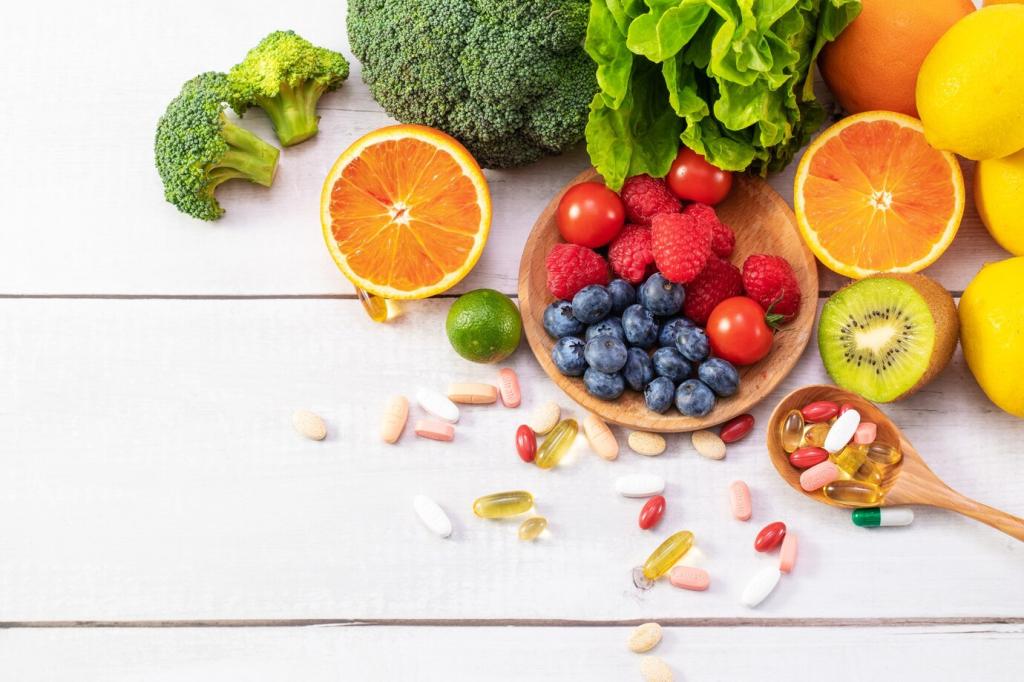
How to Apply Organic Fertilizers to Indoor Plants for Best Results
Nurturing indoor plants for optimal growth and health can be greatly enhanced by using organic fertilizers. These naturally derived soil amendments safely deliver nutrients your plants need, improving soil structure while being gentle on both your plants and the environment. Understanding the proper techniques and timing for applying organic fertilizers ensures your indoor garden thrives, offering lush greenery and vibrant blooms all year round.
Understanding Organic Fertilizers for Indoor Plants
Organic fertilizers are substances derived from naturally occurring sources that provide vital nutrients for plant growth. Unlike synthetic fertilizers, which are manufactured through chemical processes, organic options typically include compost, manure, bone meal, or plant-based blends. They release nutrients slowly, ensuring a steady supply over time rather than a quick, potentially overwhelming boost. This gradual feeding supports steady plant development, enhances soil structure, and helps maintain a healthy, balanced environment within pots or containers. With their broader nutritional profile, organic fertilizers can also improve the plant’s resistance to disease and environmental stress.
Previous
Next
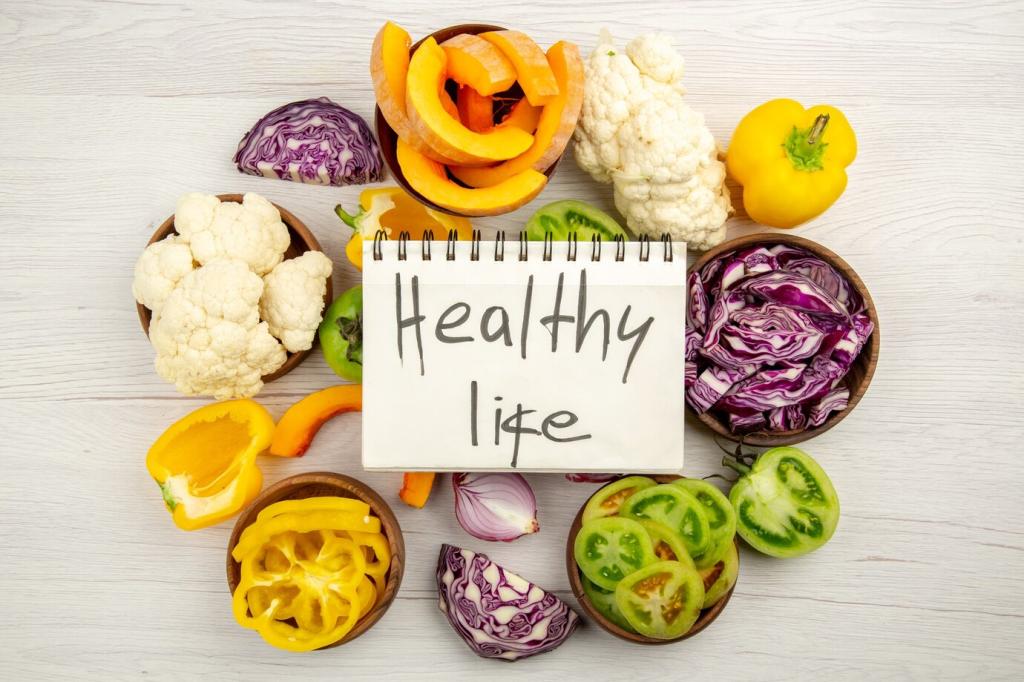
Before applying organic fertilizer, it’s essential to evaluate the current condition of your soil and plants. Signs of nutrient deficiency may manifest as pale or yellowing leaves, stunted growth, or poor flowering. Conversely, overly rich soil can lead to excessive leafy growth with fewer blooms, or even root burn in rare cases. Understanding these indicators helps you determine not just when to fertilize but the appropriate type and amount to use. If the soil is compacted or has poor drainage, it may need to be loosened and amended prior to fertilization for the best results.
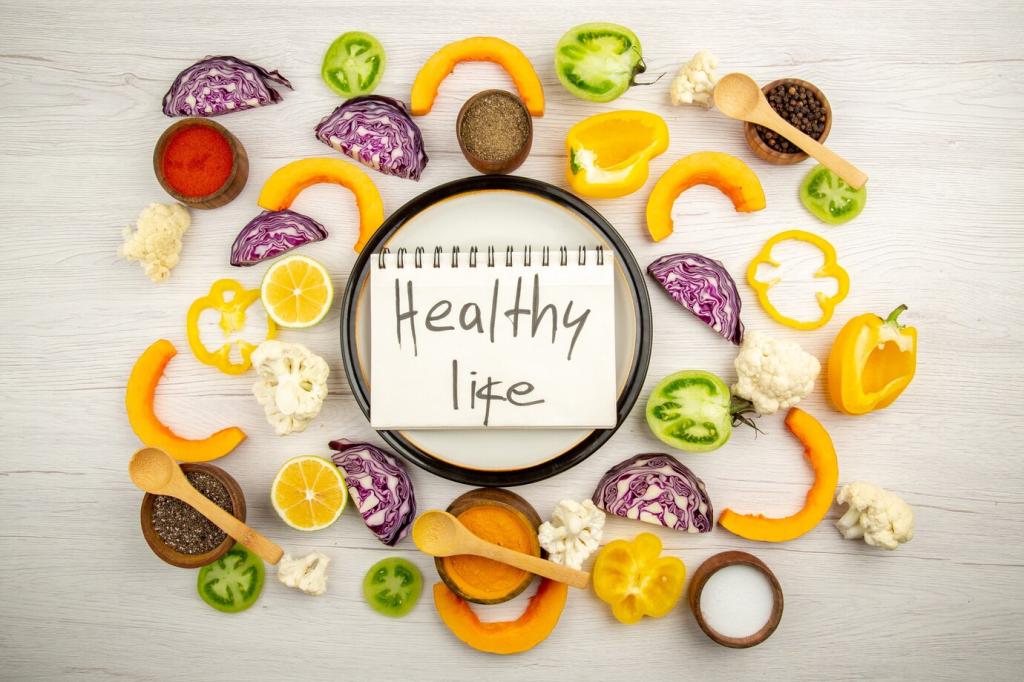
Different types of organic fertilizers require different application methods to be effective indoors. Granular or pelleted fertilizers can be gently worked into the top layer of potting soil, while liquid concentrates are typically diluted and applied directly to the soil with water. Some people also use top-dressing with compost or worm castings. The application method affects the speed and uniformity of nutrient delivery, as well as the likelihood of odors or mess. Consider your plant’s container, size, and access for watering when choosing an approach to minimize disturbance and maximize nutrient uptake.
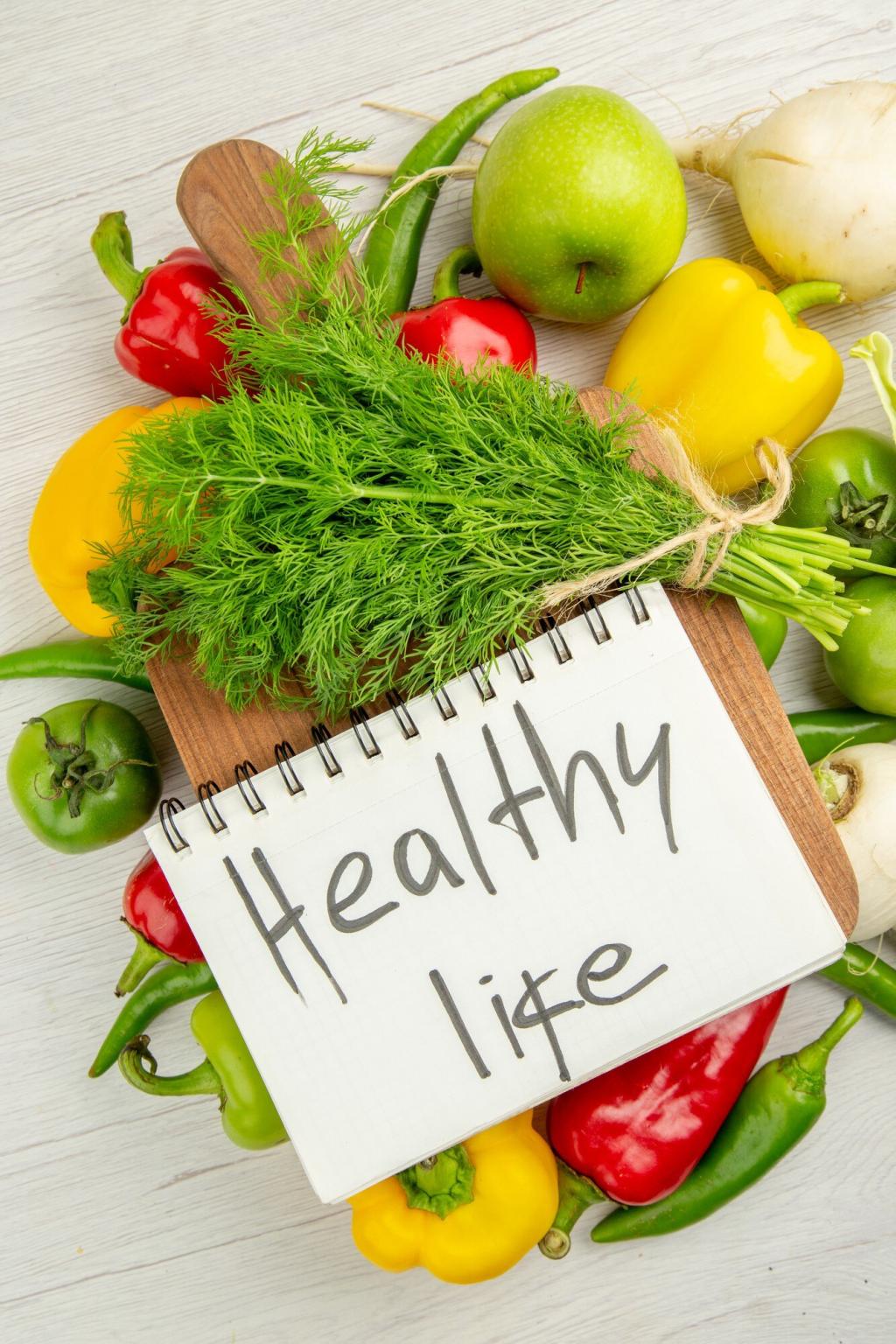
Timing is a critical aspect of successful fertilization. Organic fertilizers deliver nutrients gradually, so it’s best to apply them at the start of the plant’s active growing season, typically in spring or early summer, rather than during periods of dormancy. Applying fertilizer when the plant is actively growing ensures that nutrients are used efficiently, supporting robust new growth. Pay attention to the recommended frequency—often every four to six weeks—and avoid excessive or late-season fertilizing that can encourage weak or untimely growth in approaching dormant periods.
Incorporating Organic Fertilizer During Repotting
Repotting presents an ideal opportunity to incorporate organic fertilizer directly into the root zone of your indoor plants. During this process, a measured amount of granular or compost-based fertilizer is mixed into fresh potting soil before transferring the plant into its new container. This direct placement ensures roots have immediate access to nutrients as they grow into the amended soil. Additionally, blending organic material at the base encourages strong root development and creates an environment that supports beneficial soil organisms, setting the stage for healthy, sustained growth.
Top-Dressing Established Plants
For plants that aren’t due for repotting, top-dressing is an effective way to provide nutrients without disturbing roots. This method involves gently spreading a thin layer of organic fertilizer—such as worm castings or compost—over the surface of the existing soil. Watering then helps slowly release these nutrients down through the root zone. Top-dressing is especially useful for larger plants with well-established root systems or for refreshing container soil that can’t be replaced easily. This approach keeps the process mess-free, reduces odor, and delivers a slow, steady supply of nutrition over time.
Watering with Liquid Organic Fertilizers
Liquid organic fertilizers are easily absorbed and highly convenient for indoor applications. They are typically diluted in water according to product instructions, then applied evenly to the soil during regular watering routines. This method allows you to tailor the feeding schedule to the plant’s growth cycle, as well as to monitor the effects closely. Liquid feeding is particularly beneficial for young or sensitive plants, as it minimizes the risk of over-fertilization and allows for quick adjustments in concentration. Over time, this method supports lush foliage and vibrant blooms with minimal hassle.
Previous slide
Next slide
